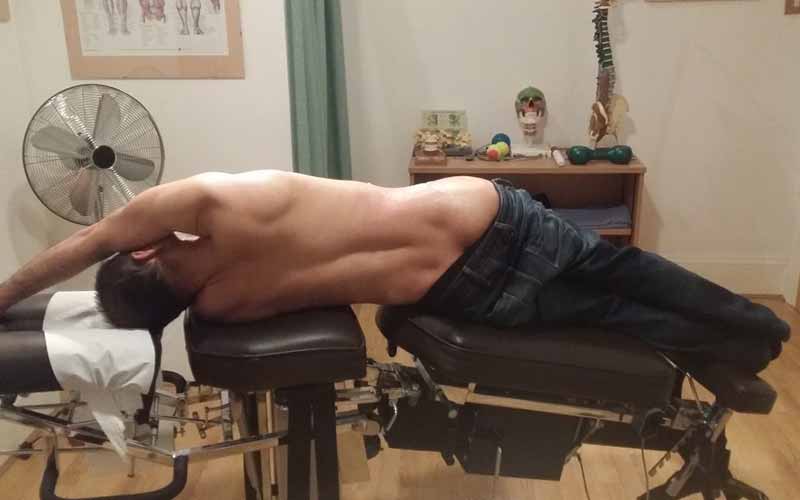A common injury we see regularly is general pain and tightness in the flank, somewhere between  the armpit (axilla) and the hips. The pain maybe quite severe and due to a strain to the lower ribs (floating rib area) or it maybe due to an injury beneath the ribs around the pelvis and/or be a secondary problem to a lower back injury. Conversely it maybe higher up this kinetic chain affecting the rotator cuff muscles possibly causing shoulder dysfunction.
the armpit (axilla) and the hips. The pain maybe quite severe and due to a strain to the lower ribs (floating rib area) or it maybe due to an injury beneath the ribs around the pelvis and/or be a secondary problem to a lower back injury. Conversely it maybe higher up this kinetic chain affecting the rotator cuff muscles possibly causing shoulder dysfunction.
In recent years the importance of the myofascial system has been acknowledged and myofascial practitioners have an understanding of the function of fascial planes/kinetic chains, and how one area can affect, and be affected by other areas. By treating these areas and sending specific proprioceptive information to the cerebellum from damaged tissues and their associated kinetic chain(s) an instant efferent update to these injured areas normally occurs. This treatment also reduces aberrant nocioceptive and proprioceptive information to the CNS further enhancing the efferent information to the injured areas which in turn helps to normalise these injured/dysfunctioning tissues.
The brain processes this additional sensory information and accordingly alters the status of the injured areas. ( the brain is constantly monitoring the status of our bodies, processing billions of bits of information every second) constantly causing various physiological changes in our bodies.
The more sensory information the brain receives about a specific injury the more effective it is at correcting it and the quicker the body heals. This is one of the reasons why treating the fascial system in conjunction with our normal treatments provides such excellent results.

Using Myofascial Correction is very effective in treating the myofascial component of injuries. This very effective system uses instrumented myofascial release and IASTM (instrument assisted soft tissue mobilisation) treatment protocols.


